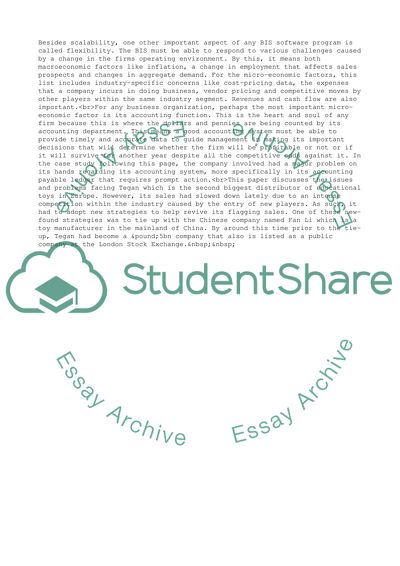Cite this document
(Business Information System - Competitive Advantage over Competitors Assignment, n.d.)
Business Information System - Competitive Advantage over Competitors Assignment. Retrieved from https://studentshare.org/business/1736461-teganhrad-write-up
Business Information System - Competitive Advantage over Competitors Assignment. Retrieved from https://studentshare.org/business/1736461-teganhrad-write-up
(Business Information System - Competitive Advantage over Competitors Assignment)
Business Information System - Competitive Advantage over Competitors Assignment. https://studentshare.org/business/1736461-teganhrad-write-up.
Business Information System - Competitive Advantage over Competitors Assignment. https://studentshare.org/business/1736461-teganhrad-write-up.
“Business Information System - Competitive Advantage over Competitors Assignment”, n.d. https://studentshare.org/business/1736461-teganhrad-write-up.


